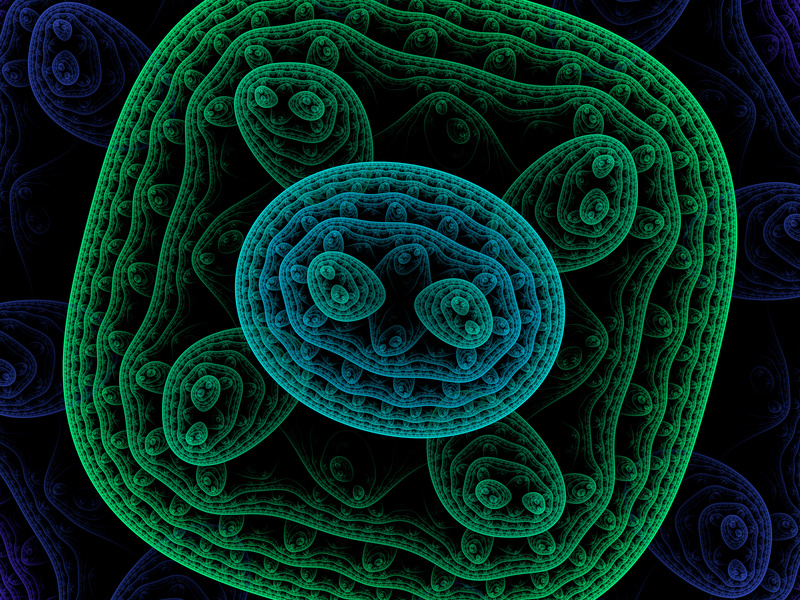But function of many of these remains a mystery
By Robert F. ServiceMar. 24, 2016 , 2:00 PM
When it comes to genome size, a rare Japanese flower, called Paris japonica, is the current heavyweight champ, with 50 times more DNA than humans. At the other end of the scale, there’s now a new lightweight record-holder growing in petri dishes in California. This week in
Science, researchers led by genome sequencing pioneer Craig Venter report engineering a bacterium to have the smallest genome—and the fewest genes—of any freely living organism, smaller than the flower’s by a factor of 282,000. Known as Syn 3.0, the new organism has a genome whittled down to the bare essentials needed to survive and reproduce, just 473 genes. “It’s a tour de force,” says George Church, a synthetic biologist at Harvard University.
The microbe’s streamlined genetic structure excites evolutionary biologists and biotechnologists, who anticipate adding genes back to it one by one to study their effects. “It’s an important step to creating a living cell where the genome is fully
defined,” says synthetic biologist Chris Voigt of the Massachusetts Institute of Technology in Cambridge. But Voigt and others note that this complete definition remains a ways off, because the function of 149 of Syn 3.0’s genes—roughly one-third—
remains unknown. Investigators’ first task is to probe the roles of those genes, which promise new insights into the basic biology of life.
As Syn 3.0’s name suggests, it’s not the first synthetic life made by Venter, who heads the J. Craig Venter Institute (JCVI) and is a founder of Synthetic Genomics, a biotech company, both in San Diego, California. In 2010, Venter’s team reported that they had synthesized the sole chromosome of Mycoplasma mycoides—a bacterium with a relatively small genome—and transplanted it into a separate mycoplasma called M. capricolum, from which they had previously extracted the DNA. After several false starts, they showed that the synthetic microbe booted up and synthesized proteins normally made by M. mycoides rather than M. capricolum (Science, 21 May 2010,
p. 958). Still, other than adding a bit of watermark DNA, the researchers left the genetic material in their initial synthetic organism, Syn 1.0, unchanged from
the parent.
In their current work, Venter, along with project leader Clyde Hutchison at JCVI, set out to determine the minimal set of genes needed for life by stripping nonessential genes from Syn 1.0. They initially formed two teams, each with the same task: using all available genomic knowledge to design a bacterial chromosome with the hypothetical minimum genome. Both proposals were then synthesized and transplanted into
M. capricolum to see whether either would produce a viable organism.
“The big news is we failed,” Venter says. “I was surprised.” Neither chromosome produced a living microbe. It’s clear, Venter says, that “our current knowledge of bio
logy is not sufficient to sit down and design a living organism and build it.”

Venter and his colleagues had better success with trial and error. They divided Syn 1.0’s genome, with its 901 genes, into eight sections. To the beginning and end of each section they added identical DNA tags that made the pieces easy to reassemble. That allowed them to treat the sections as independent modules, removing each one in turn, deleting chunks of DNA, then reassembling the full genome and reinserting it into M. capricolum to see whether it produced a living cell. If the altered genome wasn’t viable, they knew they had cut out an essential gene that had to be restored. The researchers also assessed the necessity of numerous genes in the microbe by inserting foreign genetic material, called transposons, to disrupt their function.
All this enabled them to systematically whittle away genes that either had nonessential functions or duplicated the function of another gene. In the end, Venter says, his team built, designed, and tested “multiple hundreds” of constructs before settling on Syn 3.0, with a genome about half the size of Syn 1.0’s. (Syn 2.0 was an intermediate stage in this process, the first microbe with a genome smaller than that of M. genitalium, which with 525 genes has the fewest of any free-living natural organism.)
Once the whittling was complete, the researchers reordered the remaining genes, aligning ones that work in common pathways. The procedure tidied up the genome much as a computer compresses and re
organizes files on its hard drive to save disk space. This will likely make life much easier for synthetic biologists who will experiment with Syn 3.0 in the future, Voigt says.
With a total of 531,000 bases, the new organism’s genome isn’t much smaller than that of M. genitalium, with 600,000 bases. But M. genitalium grows so slowly that a population of cells can take weeks to double. Syn 3.0, by contrast, has a doubling time of 3 hours, suggesting that it thrives with its slimmed down genome. “We’re not saying this is the ultimate minimum genome,”
Venter says. For now, however, Syn 3.0 reigns as the world’s new lightweight champ.
Posted in: Biology
DOI: 10.1126/science.aaf4038
ed.
Source: Synthetic microbe lives with fewer than 500 genes | Science | AAAS











Leave A Reply